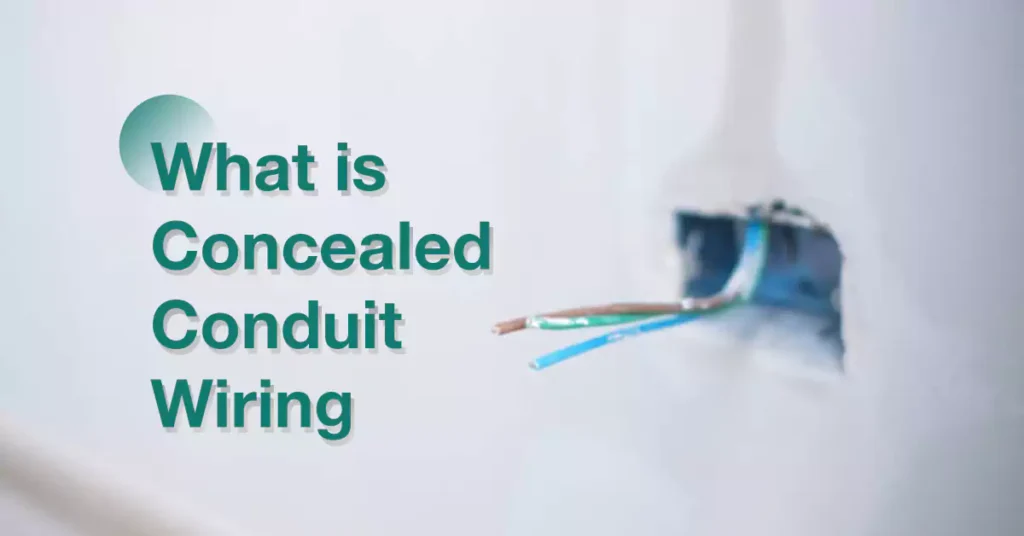
Tabla de contenido
Cuando se trata de instalaciones eléctricas, el cableado con conductos ocultos debe ser una buena opción por factores de seguridad y estética.
El cableado con conductos ocultos implica la instalación de cables eléctricos dentro de conductos metálicos rígidos o conductos de PVC, que luego se ocultan detrás de paredes, techos o pisos. Esta guía completa tiene como objetivo proporcionar una comprensión profunda del cableado con conductos ocultos, explorando sus beneficios, el proceso de instalación y el cumplimiento de los códigos y las regulaciones eléctricas.
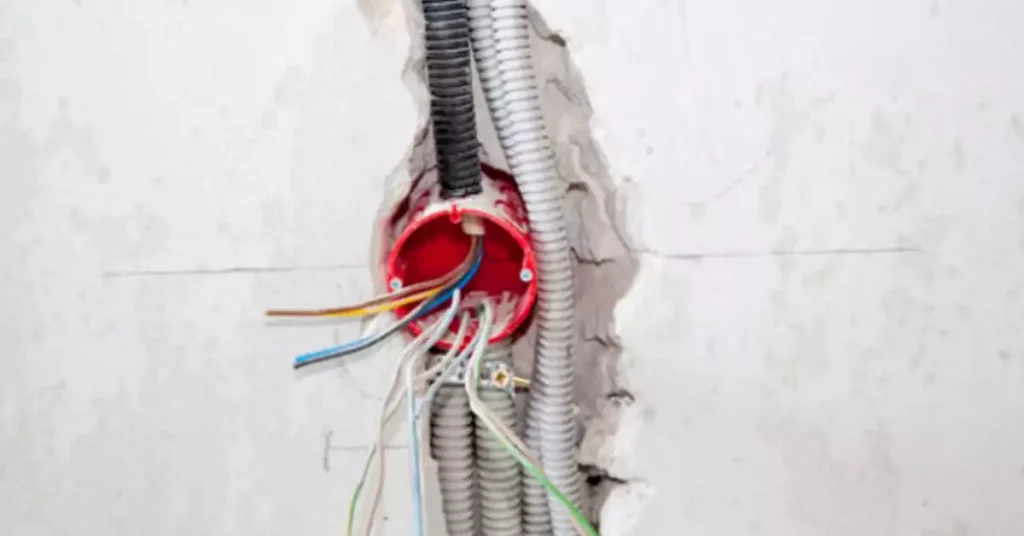
Conducto oculto El cableado se refiere a la práctica de pasar cables eléctricos dentro de conductos metálicos rígidos o conductos de PVC que se ocultan detrás de paredes, techos o pisos. Este método implica ocultar la infraestructura del cableado para mejorar la seguridad, la estética y la funcionalidad de las instalaciones eléctricas. Los conductos actúan como canales protectores, envolviendo los cables eléctricos y protegiéndolos de posibles daños o exposición.
El cableado con conductos ocultos ofrece un enfoque más organizado y optimizado en comparación con los métodos tradicionales de cableado abierto o con conductos superficiales. En lugar de tener cables visibles a lo largo de las superficies de las paredes o los techos, el cableado con conductos ocultos mantiene oculta la infraestructura eléctrica, lo que proporciona una apariencia limpia y ordenada.
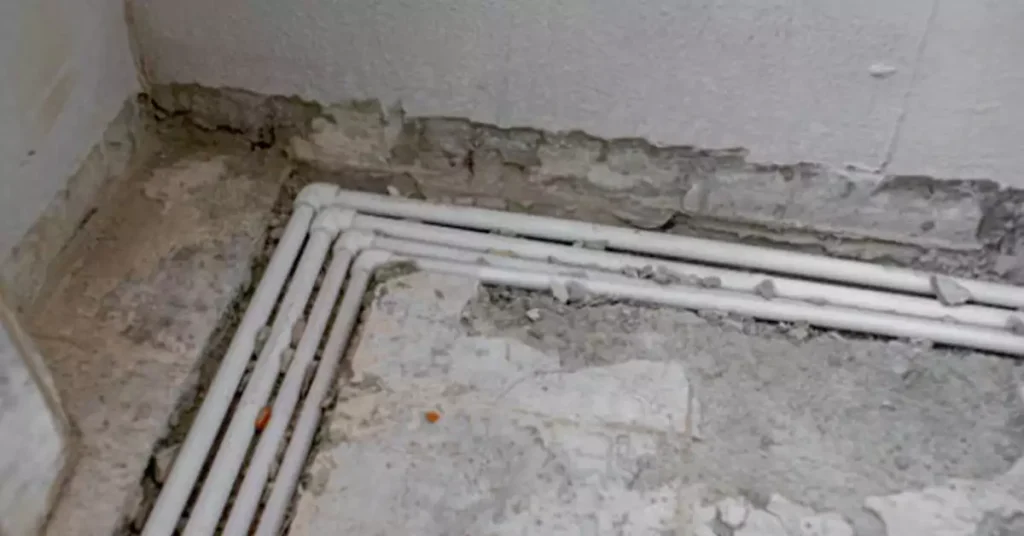
Ocultar el cableado eléctrico tiene varias ventajas clave en las instalaciones eléctricas:
El cableado con conductos ocultos prioriza la seguridad al brindar protección física a los cables eléctricos. Los conductos actúan como una barrera que protege los cables de daños accidentales debido a factores como impactos físicos, ingreso de humedad o entornos corrosivos. Al minimizar el riesgo de daños o exposición, el cableado con conductos ocultos reduce la probabilidad de descargas eléctricas, cortocircuitos o incendios, lo que garantiza la seguridad de los ocupantes y la propiedad.
Los cables eléctricos pueden ser vulnerables a elementos externos, como la humedad, el polvo o los productos químicos. Ocultar el cableado dentro de conductos lo protege de estos factores ambientales, lo que aumenta su longevidad y reduce el riesgo de averías o fallas eléctricas. Esta protección es particularmente importante en áreas con altos niveles de humedad, como baños, cocinas o instalaciones al aire libre.
El cableado oculto mejora significativamente el atractivo visual de un espacio. Al ocultar los cables detrás de paredes, techos o pisos, el ambiente interior luce limpio, ordenado y visualmente agradable. Esta ventaja estética es especialmente deseable en entornos donde se busca una apariencia elegante y profesional, como viviendas, oficinas, tiendas minoristas o lugares de hospedaje.
Ocultar el cableado eléctrico libera un espacio valioso dentro de la habitación. Sin cables a la vista, hay más flexibilidad a la hora de diseñar la distribución y disposición de muebles, accesorios y elementos decorativos. La ausencia de cableado visible también crea una sensación de amplitud y permite una integración perfecta de los sistemas eléctricos con el diseño interior general.
El cableado con conductos ocultos ofrece una serie de ventajas que lo convierten en el método preferido para las instalaciones eléctricas. Estos beneficios incluyen la estética, la protección y la seguridad, la flexibilidad para realizar modificaciones y una mayor durabilidad del sistema de cableado.
Uno de los principales beneficios del cableado oculto es su impacto positivo en la estética. Los cables y alambres expuestos pueden crear una apariencia desordenada y poco atractiva en espacios residenciales y comerciales. Ocultar el cableado detrás de paredes, techos o pisos proporciona un entorno limpio y ordenado, lo que permite que la atención se centre en los elementos de diseño y las características arquitectónicas del espacio. Al eliminar los cables visibles, el cableado oculto mejora el atractivo visual general y crea una atmósfera más agradable y profesional.
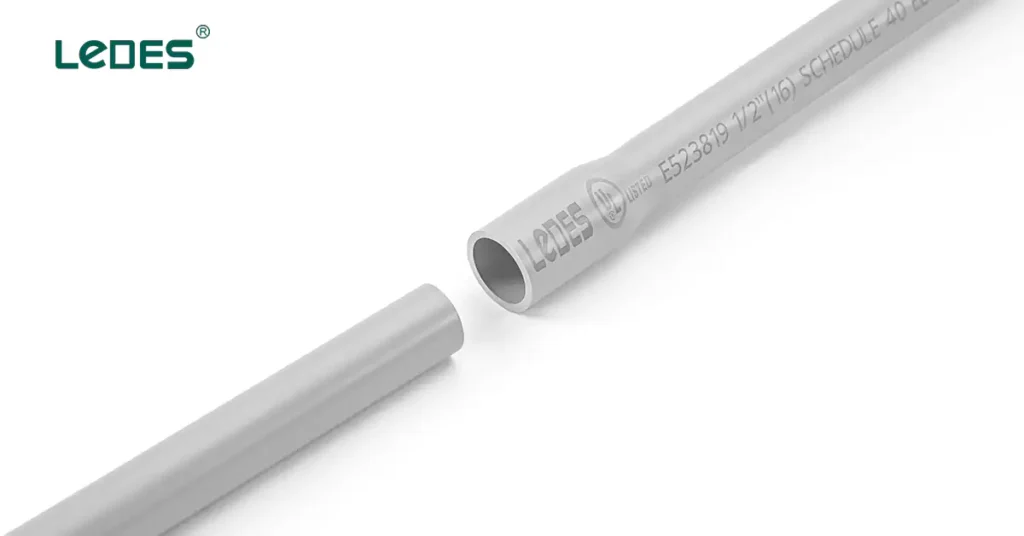
El cableado con conductos ocultos prioriza la protección y la seguridad del cableado eléctrico. Al enrutar los cables dentro de los conductos, el sistema está protegido contra daños accidentales, impactos físicos y factores ambientales. Los conductos actúan como una barrera protectora, lo que reduce el riesgo de descargas eléctricas, cortocircuitos o incendios. Esta capa adicional de protección garantiza la seguridad de los ocupantes y minimiza el potencial de peligros eléctricos. El cableado con conductos ocultos es particularmente importante en áreas donde la humedad, el polvo o las sustancias corrosivas pueden representar una amenaza para el sistema eléctrico.
El cableado con conductos ocultos ofrece flexibilidad y facilidad de modificación. A medida que las necesidades eléctricas evolucionan o cuando se hacen necesarias modificaciones, el cableado con conductos ocultos permite un acceso más fácil a la infraestructura de cableado. Los electricistas pueden realizar modificaciones o ampliaciones sin necesidad de realizar grandes demoliciones o alteraciones en las paredes, los techos o los pisos. La capacidad de acceder y modificar el sistema de cableado con relativa facilidad hace que el cableado con conductos ocultos sea una opción práctica para renovaciones, ampliaciones o actualizaciones futuras. Esta flexibilidad garantiza que el sistema eléctrico pueda adaptarse a los requisitos cambiantes sin inconvenientes ni costos significativos.
El cableado oculto contribuye a la durabilidad y longevidad general del sistema eléctrico. Al encerrar los cables dentro de los conductos, están protegidos de elementos externos como la humedad, el polvo o las sustancias corrosivas. Esta protección reduce el riesgo de degradación del cable, daño del aislamiento o desgaste prematuro. El cableado oculto ayuda a mantener la integridad del sistema eléctrico durante un período prolongado, lo que da como resultado una instalación más confiable y duradera. Este beneficio es particularmente significativo en áreas con entornos desafiantes o donde el sistema eléctrico puede estar sujeto a un uso regular y posibles peligros.
El cableado con conductos ocultos consta de varios componentes que funcionan juntos para crear una instalación eléctrica segura y eficiente. Estos son algunos de los componentes principales:
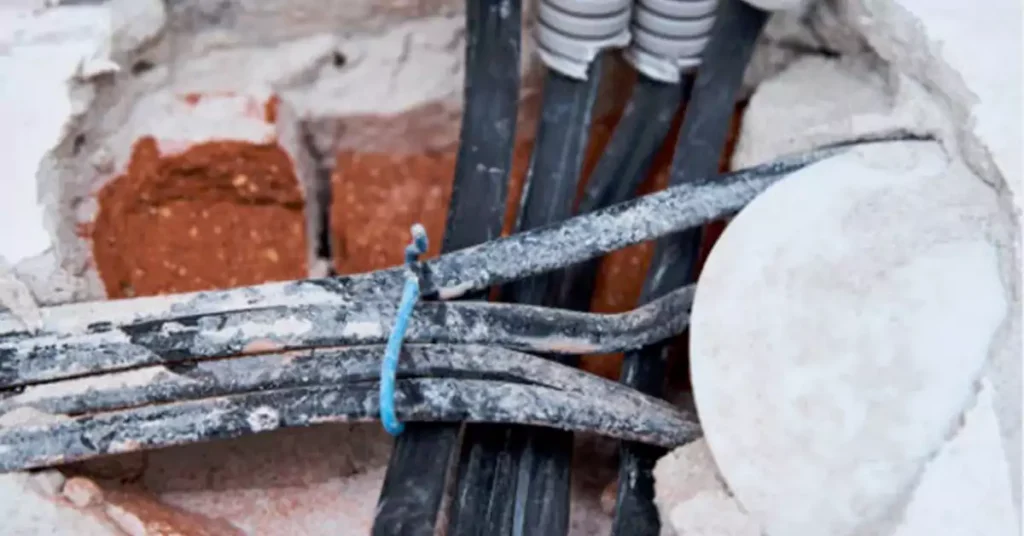
Los conductos son canales protectores que albergan y ocultan los cables eléctricos dentro de un cableado oculto. Los conductos pueden estar hechos de diferentes materiales, incluidos metal y PVC (cloruro de polivinilo). Los conductos de metal, como el acero galvanizado o el aluminio, son conocidos por su resistencia, durabilidad y resistencia al impacto físico. Los conductos de PVC, por otro lado, son livianos, resistentes a la corrosión y fáciles de trabajar. La elección del material del conducto depende de factores como el entorno de instalación, los requisitos del código eléctrico y las preferencias personales.
Los cables eléctricos son los cables conductores que transmiten electricidad dentro del sistema de cableado de conductos ocultos. Se utilizan distintos tipos de cables eléctricos según la aplicación específica, los requisitos de voltaje y la capacidad de carga. Los tipos comunes de cables eléctricos incluyen:
El cable NM, también conocido como Romex, es un tipo de cable muy utilizado que consta de conductores aislados dentro de una funda de plástico flexible. Se utiliza habitualmente en instalaciones eléctricas residenciales.
El cable de CA tiene conductores protegidos por una armadura metálica flexible que proporciona protección mecánica adicional. Se utiliza comúnmente en entornos comerciales e industriales donde se requiere una mayor durabilidad.
El cable UF está diseñado para instalaciones subterráneas, como iluminación exterior o líneas eléctricas enterradas. Es resistente a la humedad y puede soportar el enterramiento directo sin necesidad de conductos.
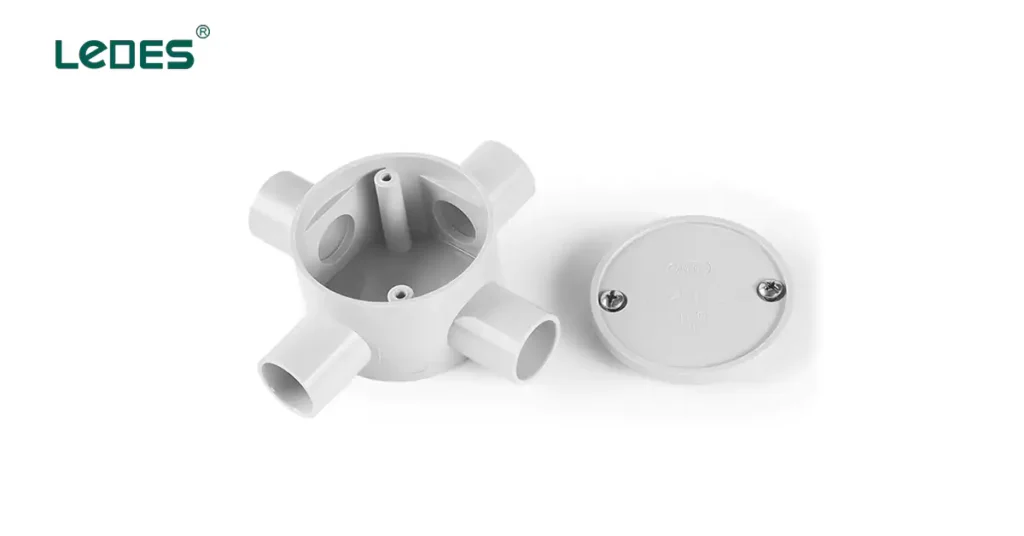
Cajas de conexiones Las cajas eléctricas sirven como carcasas protectoras para conexiones eléctricas y uniones de cableado. Estos componentes garantizan que las conexiones eléctricas sean seguras, organizadas y protegidas de elementos externos. Las cajas de conexiones están disponibles en varios tamaños y configuraciones para adaptarse a diferentes necesidades de cableado. Por lo general, están hechas de metal o PVC y tienen tapas extraíbles para facilitar el acceso al cableado en el interior. Las cajas eléctricas son cajas más grandes que brindan espacio adicional para alojar componentes eléctricos como interruptores, disyuntores o paneles de control.
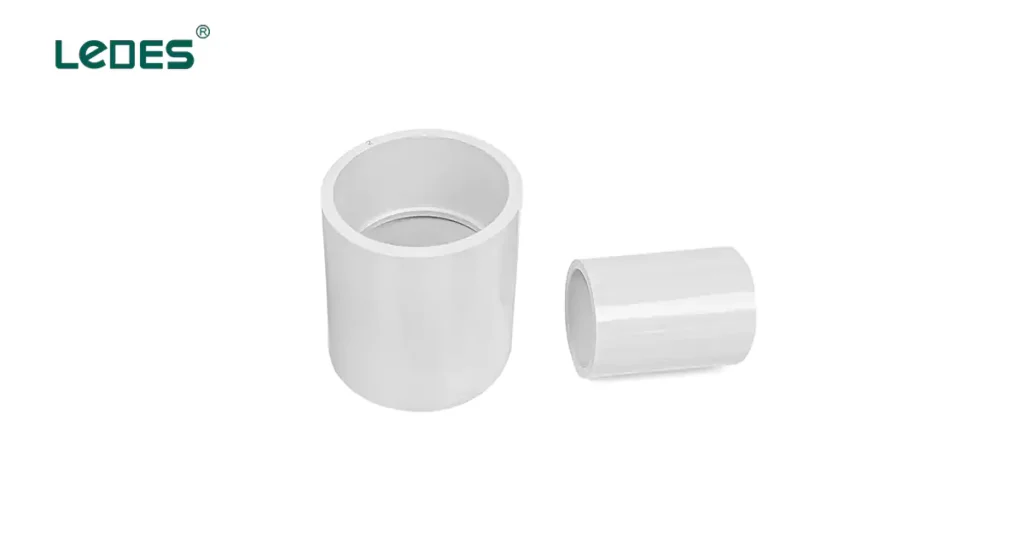
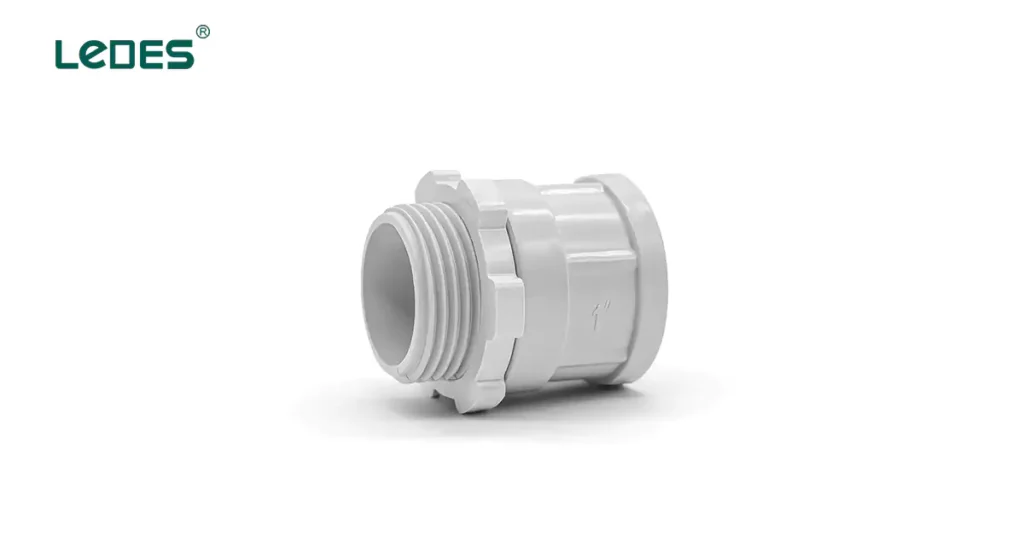
Los conectores, acoplamientos y accesorios son componentes esenciales que se utilizan para unir y asegurar conductos, cables y cajas de conexiones dentro del sistema de cableado de conductos ocultos. Los conectores se utilizan para crear conexiones eléctricas seguras entre cables y dispositivos, mientras que los acoplamientos se utilizan para unir secciones de conductos. Los accesorios, como codos o conectores, se utilizan para sortear esquinas o cambios de dirección dentro del sistema de conductos. Estos componentes garantizan la alineación, la conexión a tierra y la protección adecuadas del sistema de cableado de conductos ocultos.
La planificación y el diseño de un sistema de cableado con conductos ocultos requiere una consideración cuidadosa de varios factores para garantizar una instalación eléctrica segura, eficiente y que cumpla con los códigos. A continuación, se presentan consideraciones importantes al planificar y diseñar el cableado con conductos ocultos:
Antes de diseñar un sistema de cableado con conductos ocultos, es esencial calcular los requisitos de carga eléctrica del espacio. Esto implica determinar el consumo de energía esperado de los dispositivos y aparatos eléctricos que se conectarán al sistema. Un cálculo de carga adecuado garantiza que el cableado y los circuitos puedan soportar la demanda eléctrica prevista sin sobrecargarse. También es importante considerar las necesidades eléctricas futuras para permitir posibles ampliaciones o adiciones al sistema.
Identificar las rutas óptimas de los conductos es crucial para una instalación eficiente y funcional del sistema de cableado de conductos ocultos. Los factores a tener en cuenta incluyen el diseño y la estructura del edificio, la accesibilidad a los dispositivos eléctricos y las tomas de corriente, y la minimización de la longitud de los conductos. Planificar las rutas de los conductos con antelación ayuda a evitar curvas innecesarias, longitudes excesivas u obstrucciones que podrían dificultar el proceso de instalación o el mantenimiento futuro.
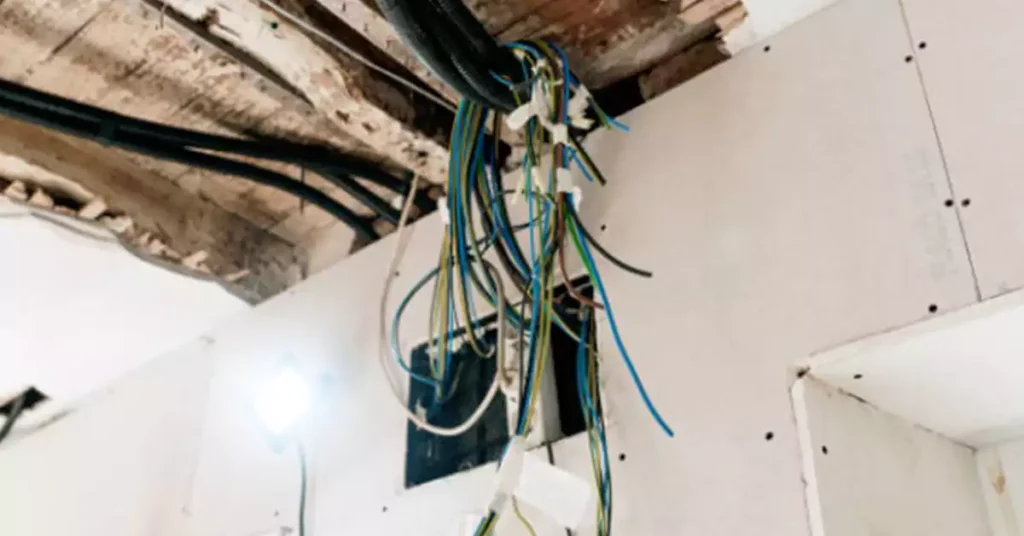
La selección de los tamaños y materiales de conductos adecuados es fundamental para acomodar los cables eléctricos y garantizar una protección adecuada. El tamaño del conducto debe basarse en la cantidad y el tamaño de los cables que pasarán por él. Es importante tener en cuenta las capacidades de amperaje y de llenado especificadas por los códigos eléctricos para evitar el hacinamiento y el sobrecalentamiento de los cables. Además, la elección del material del conducto debe estar en consonancia con los requisitos específicos de la instalación, como las condiciones ambientales, la resistencia al fuego o los entornos corrosivos.
El cableado con conductos ocultos debe cumplir con los códigos y las normas eléctricas establecidos por las autoridades locales. Estos códigos garantizan la seguridad y el funcionamiento adecuado del sistema eléctrico. Es fundamental consultar los códigos y las normas eléctricas pertinentes para determinar los requisitos específicos relacionados con el cableado con conductos ocultos. Las consideraciones de cumplimiento incluyen la conexión a tierra adecuada, los requisitos de profundidad mínima de los conductos, las capacidades máximas de llenado, los espacios libres de instalación y el uso de materiales y componentes aprobados.
Además, es recomendable consultar con un electricista profesional calificado o un ingeniero con experiencia en cableado de conductos ocultos para garantizar que el diseño cumpla con todos los estándares de seguridad y reglamentarios necesarios. Su experiencia puede ayudar a optimizar el diseño, abordar cualquier desafío y garantizar una instalación exitosa de cableado de conductos ocultos.
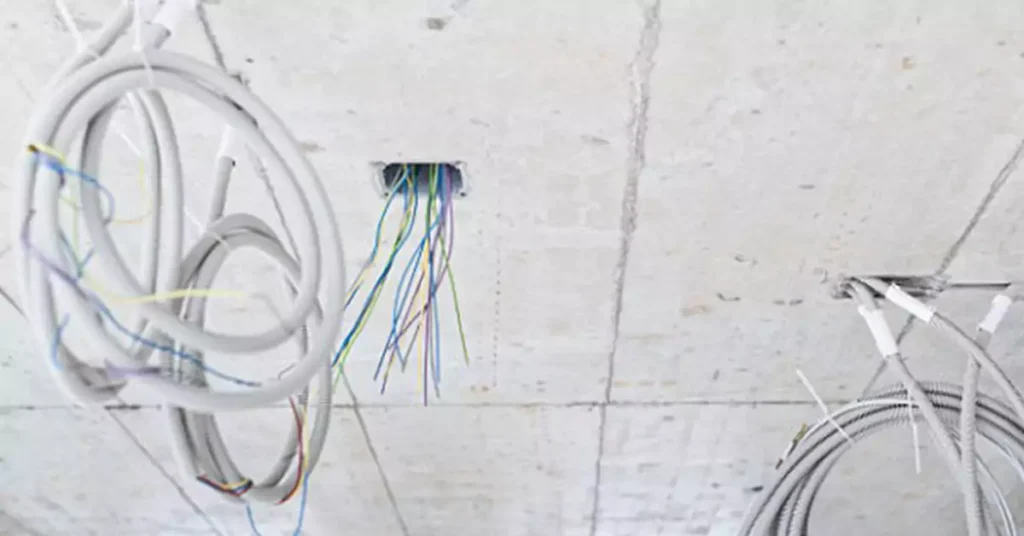
El proceso de instalación de cableado con conductos ocultos implica varios pasos para garantizar un sistema eléctrico seguro y eficiente. Es importante seguir las mejores prácticas de la industria y cumplir con los códigos y las normas eléctricas. A continuación, se describe el proceso general de instalación de cableado con conductos ocultos:
Antes de comenzar la instalación, revise los planos y el diseño eléctricos para garantizar la precisión y el cumplimiento de los requisitos del proyecto. Confirme las ubicaciones de los accesorios eléctricos, las tomas de corriente y los interruptores, y determine las rutas óptimas de los conductos en función de la estructura y el diseño del edificio.
Utilizando los planos eléctricos como guía, marque las ubicaciones donde se instalarán los conductos. Utilice un detector de vigas y otras herramientas adecuadas para determinar la ruta y evitar obstáculos o peligros estructurales en las paredes, los techos o los pisos.
Comience perforando agujeros o creando puntos de acceso en las ubicaciones marcadas. Instale los conductos sujetándolos firmemente a las superficies, como montantes de la pared o vigas del techo, utilizando correas o abrazaderas adecuadas. Asegúrese de que la alineación, el soporte y el espaciado entre los conductos sean correctos según los códigos eléctricos.
Utilice herramientas adecuadas para pasar cables y tire con cuidado de los cables eléctricos a través de los conductos. Asegúrese de que los cables no se dañen durante el proceso de tracción. Utilice lubricante para cables si es necesario para reducir la fricción y facilitar la tracción de los cables. Fije los cables a los conductos a intervalos regulares utilizando bridas o clips de sujeción.
En las cajas de conexiones, retire el aislamiento de los extremos de los cables eléctricos, dejando expuestos los conductores. Siga la codificación por colores adecuada y conecte los cables a interruptores, tomas de corriente, accesorios u otros dispositivos eléctricos según los planos eléctricos. Utilice conectores, acoplamientos o accesorios adecuados para unir los cables y garantizar conexiones seguras. Instale cables de conexión a tierra según sea necesario y conéctelos a los puntos de conexión a tierra.
Coloque las cajas de conexiones y los gabinetes eléctricos en las ubicaciones adecuadas, tal como se especifica en los planos eléctricos. Asegúrese de que estén correctamente conectados a tierra y fijados de forma segura. Deje suficiente espacio dentro de las cajas para facilitar el acceso y realizar modificaciones o ampliaciones futuras.
Una vez finalizada la instalación, realice pruebas exhaustivas para garantizar el correcto funcionamiento del sistema de cableado de conductos ocultos. Utilice un comprobador de voltaje para verificar la presencia de electricidad en los circuitos. Pruebe los interruptores, los enchufes y los accesorios para asegurarse de que funcionan correctamente. Compruebe si hay conexiones sueltas, cortocircuitos o fallas eléctricas y resuélvalos de inmediato.
Después de realizar las pruebas y la verificación correctamente, cubra los conductos con los acabados adecuados para paredes, techos o pisos. Reemplace o instale las placas de cubierta para interruptores y tomas de corriente. Asegúrese de que todos los puntos de acceso, como paneles o cajas eléctricas, estén cerrados y asegurados correctamente.
Programe una inspección final con las autoridades locales pertinentes o los inspectores eléctricos para garantizar el cumplimiento de los códigos y las normas eléctricas. Aborde cualquier problema o inquietud que surja durante la inspección y haga las correcciones necesarias si es necesario.
Es importante tener en cuenta que el proceso de instalación puede variar según los requisitos específicos del proyecto, la construcción del edificio y los códigos y regulaciones eléctricas de la jurisdicción local.
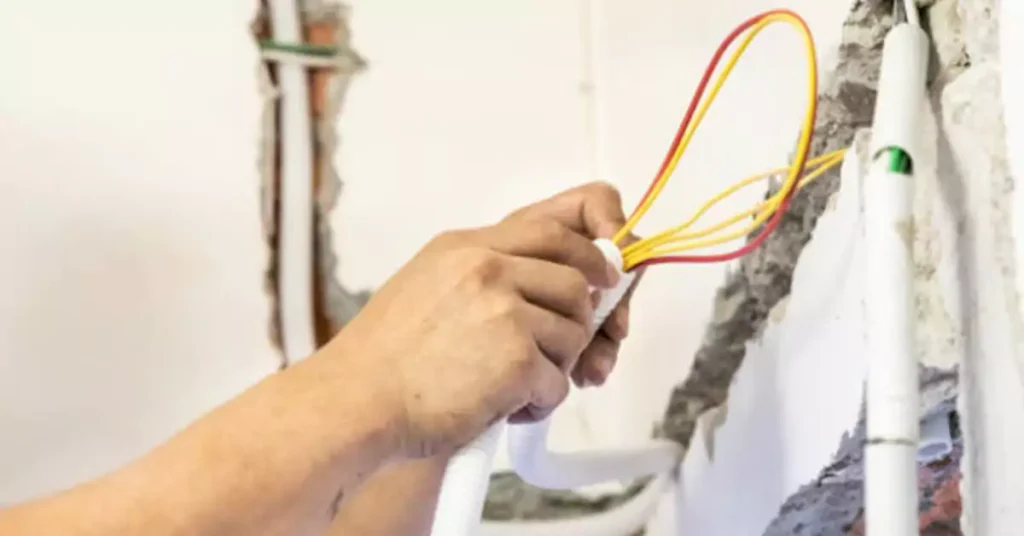
A continuación se presentan 12 consejos profesionales a tener en cuenta al realizar instalaciones de cableado de conductos ocultos:
- Planifique cuidadosamente la ruta del conducto para evitar interferencias con otros componentes del edificio, como los conductos HVAC.
- Asegure el conducto firmemente a la estructura del marco, fuera del camino del aislamiento y las barreras de vapor.
- Corte el conducto con precisión y desbarbe/escaria los cortes para evitar raspaduras en el interior al tirar del cable.
- Doble el conducto lentamente utilizando la herramienta adecuada para lograr radios de curvatura mínimos sin torceduras.
- Al tirar del cable, utilice un lubricante y tire del cordón, sin exceder los factores de fricción de las paredes laterales. Deje holgura en las cajas.
- Coloque las cajas de conexiones de soporte alineadas de forma segura con el marco y en posición para un fácil acceso.
- Forme y etiquete cuidadosamente los cables en cajas con los conectores apropiados, dejando un espacio adicional para las terminaciones.
- Sella alrededor de cajas, conductos y cables internos para evitar daños al aislamiento debido a la humedad.
- Conecte a tierra y conecte adecuadamente los conductos considerando las transiciones entre metal y no metálico.
- Proteja el cableado contra daños físicos en áreas de alto tráfico mediante la selección y el enrutamiento de conductos.
- Documentar esquemas, etiquetas y resultados de pruebas para referencia futura y cumplimiento del código.
- Considere instalar iluminación de bajo voltaje dentro de las cavidades del techo y la pared para facilitar las inspecciones.

El cableado con conductos ocultos es un método popular de instalación eléctrica que implica pasar cables eléctricos y cableado dentro de conductos ocultos en paredes, techos o pisos. Este método ofrece varias ventajas y desventajas que deben tenerse en cuenta al decidir cuál es el sistema de cableado adecuado para una aplicación específica. A continuación, se describen las ventajas y desventajas del cableado con conductos ocultos:
El cableado oculto proporciona una apariencia limpia y ordenada, ya que el cableado queda oculto a la vista. Esto ayuda a mantener la integridad arquitectónica del espacio y permite una mayor flexibilidad en el diseño y la decoración de interiores.
El cableado oculto ofrece una mejor protección contra daños accidentales, como impactos o manipulaciones, en comparación con los métodos de cableado en superficie. El cableado está protegido dentro de los conductos, lo que reduce el riesgo de descarga eléctrica, peligro de incendio o cortocircuitos.
El cableado oculto proporciona una mayor protección para los cables eléctricos contra factores ambientales, como la humedad, el polvo o las plagas. Esto mejora la longevidad y la confiabilidad del sistema eléctrico, lo que reduce la necesidad de mantenimiento o reparaciones frecuentes.
El cableado oculto minimiza las interferencias electromagnéticas (EMI) y de radiofrecuencia (RFI) que pueden afectar a los dispositivos electrónicos sensibles. Los conductos actúan como barrera, protegiendo los cables de fuentes externas de interferencia y garantizando una mejor calidad de la señal.
El cableado oculto permite una mayor flexibilidad a la hora de determinar la ubicación de enchufes, interruptores y accesorios eléctricos. Se pueden realizar modificaciones o ampliaciones al sistema eléctrico con mayor facilidad, ya que los conductos proporcionan vías accesibles para futuros cambios de cableado.
El cableado oculto requiere más planificación, mano de obra y experiencia durante el proceso de instalación en comparación con los métodos de cableado superficial. El tendido de conductos dentro de paredes, techos o pisos puede ser un desafío, especialmente en estructuras existentes, y puede requerir trabajo de construcción adicional.
El cableado con conductos ocultos generalmente implica mayores costos de material y mano de obra en comparación con los métodos de cableado en superficie. La necesidad de conductos, cajas de conexiones y hardware asociado, junto con la mano de obra adicional requerida para la instalación, puede contribuir a aumentar los gastos.
Una vez instalado el cableado oculto, acceder al sistema eléctrico y solucionar los problemas puede resultar más complicado. Las reparaciones o modificaciones pueden requerir la apertura de paredes, techos o pisos, lo que puede llevar mucho tiempo, ser molesto y costoso.
Si bien el cableado con conductos ocultos ofrece flexibilidad en la ubicación de las tomas de corriente, es posible que se requieran modificaciones significativas en el sistema eléctrico. Esto puede ser más complicado y costoso en comparación con los métodos de cableado de superficie, que permiten modificaciones más sencillas.
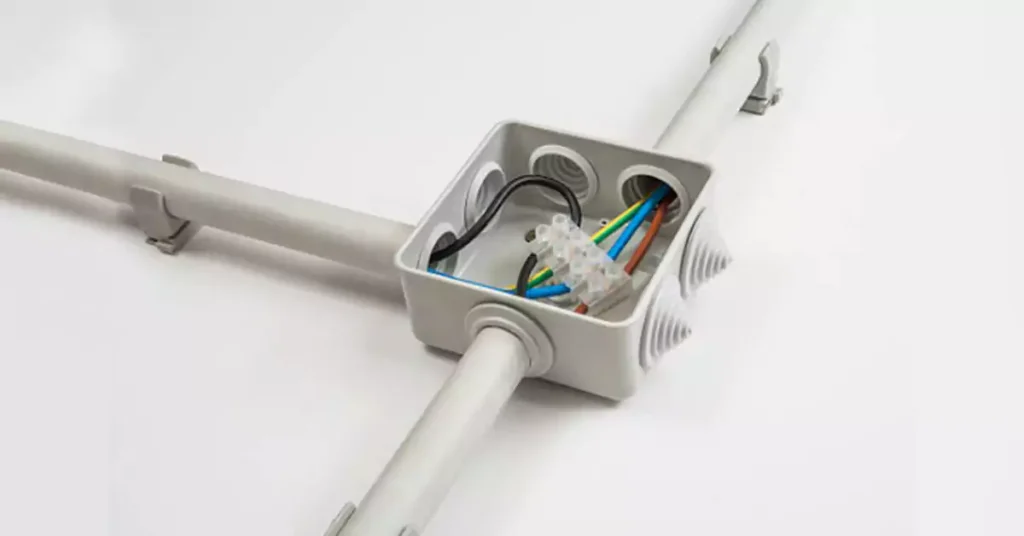
El cableado con conductos ocultos se utiliza ampliamente en diversos tipos de edificios e instalaciones debido a sus beneficios en términos de estética, seguridad y durabilidad mejoradas. Las siguientes son aplicaciones comunes del cableado con conductos ocultos:
El cableado oculto se utiliza habitualmente en viviendas unifamiliares para todo el sistema eléctrico. Proporciona una apariencia limpia y ordenada, lo que permite a los propietarios mantener el diseño interior deseado sin cableado visible.
En los complejos de apartamentos, condominios o casas adosadas, se utilizan conductos ocultos para garantizar la seguridad y la uniformidad en todo el edificio. Permiten una distribución eficiente de la energía eléctrica a las unidades individuales y, al mismo tiempo, reducen el riesgo de daños accidentales o manipulación.
Al renovar o remodelar propiedades residenciales, a menudo se prefiere el cableado oculto para actualizar el sistema eléctrico sin comprometer la estética. Permite la instalación de nuevos enchufes, interruptores y accesorios, al tiempo que minimiza el cableado visible.
El cableado oculto se utiliza ampliamente en edificios de oficinas para brindar una apariencia ordenada y profesional. Se adapta a los requisitos eléctricos de varias estaciones de trabajo, salas de conferencias y áreas comunes, al mismo tiempo que garantiza un suministro de energía seguro y confiable.
El cableado oculto se utiliza en espacios comerciales para alimentar la iluminación, los expositores, los sistemas de puntos de venta y otros dispositivos eléctricos. Ayuda a mantener un entorno limpio y visualmente atractivo para los clientes, al tiempo que garantiza la seguridad eléctrica.
El cableado oculto se utiliza habitualmente en restaurantes, hoteles y otros establecimientos de hostelería. Permite una distribución eficiente de la energía para los equipos de cocina, la iluminación, los sistemas de calefacción, ventilación y aire acondicionado y los servicios para los huéspedes, manteniendo al mismo tiempo un ambiente visualmente agradable.
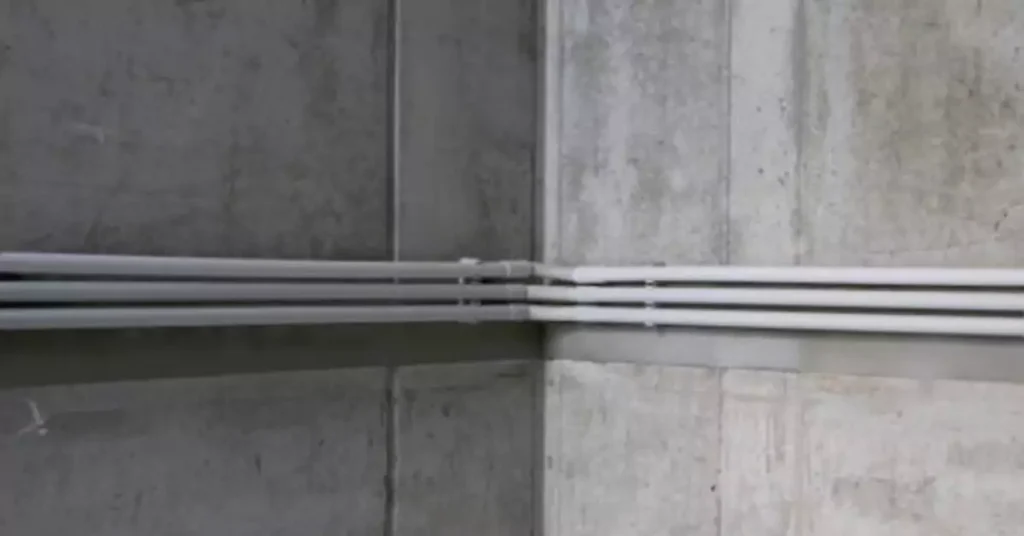
El cableado oculto es esencial en las instalaciones industriales para alimentar maquinaria pesada, líneas de producción y sistemas de control. Proporciona una infraestructura eléctrica segura y organizada en entornos difíciles, como fábricas o líneas de montaje.
El cableado oculto se utiliza en instalaciones de almacenamiento a gran escala para respaldar la iluminación, los sistemas de transporte, los equipos de manipulación de materiales y otras necesidades eléctricas. Garantiza una distribución de energía eficiente y confiable en toda la instalación.
El cableado oculto se utiliza en instalaciones científicas y de investigación para alimentar equipos especializados, sistemas de recopilación de datos y configuraciones experimentales. Permite el tendido seguro y organizado de cables eléctricos para respaldar actividades de investigación complejas.
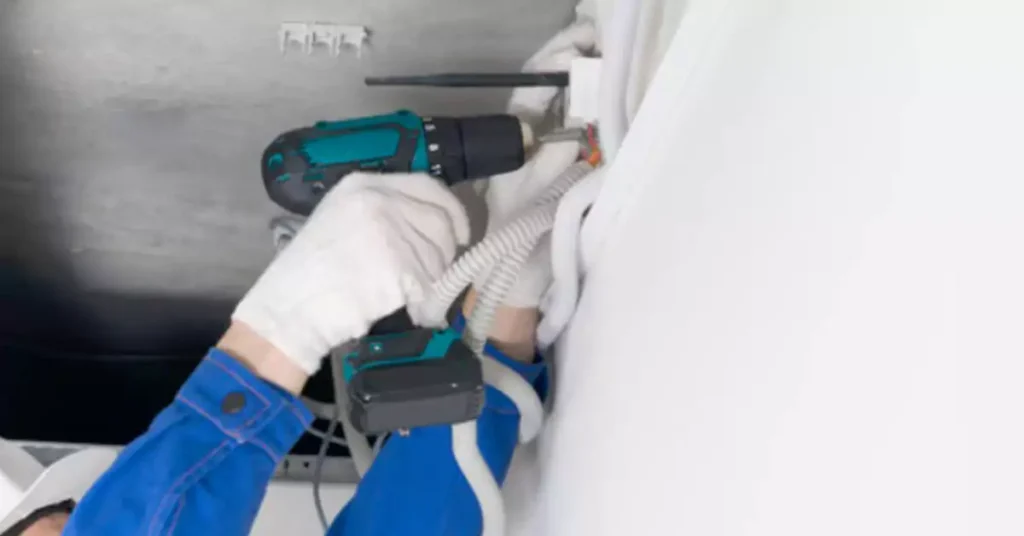
El mantenimiento adecuado y la resolución oportuna de problemas son esenciales para garantizar la seguridad, la funcionalidad y la longevidad de las instalaciones de cableado de conductos ocultos.
Realice inspecciones visuales del cableado oculto para identificar cualquier signo visible de daño, desgaste o conexiones sueltas. Busque indicios como cables desgastados o expuestos, aislamiento descolorido o derretido, o signos de humedad o infestación de plagas cerca de los conductos.
Realice pruebas eléctricas periódicas con el equipo adecuado para verificar la continuidad, la resistencia del aislamiento y la conexión a tierra del sistema de cableado de conductos ocultos. Esto ayuda a identificar posibles fallas o problemas eléctricos que pueden no ser visibles durante las inspecciones visuales.
Asegúrese de que los conductos y las cajas de conexiones se mantengan limpios y libres de polvo, residuos o cualquier otra obstrucción. Elimine periódicamente cualquier residuo o polvo acumulado que pueda impedir el correcto funcionamiento del sistema eléctrico.
Revise y ajuste todas las conexiones eléctricas, incluidos los terminales de la caja de conexiones, los interruptores, los tomacorrientes y las conexiones a tierra. Las conexiones flojas pueden provocar arcos eléctricos, sobrecalentamiento o problemas de suministro eléctrico intermitente.
Verifique la integridad de todas las medidas de protección, como cubiertas de conductos, protectores o aislamiento. Reemplace las cubiertas o protectores dañados o deteriorados de inmediato para evitar el contacto accidental o daños al cableado.
Si se identifica algún cableado dañado, como cables desgastados o expuestos, se debe reparar de inmediato. Corte la parte dañada del cable e instale una caja de conexiones o un conector de empalme de cables para unir las secciones de forma segura. Asegúrese de que el área reparada esté debidamente aislada y protegida.
Los enchufes, interruptores o artefactos de iluminación defectuosos deben reemplazarse por otros nuevos del tipo y la potencia adecuados. Siga las instrucciones del fabricante y los códigos eléctricos al reemplazar componentes y asegúrese de que todas las conexiones estén seguras y correctamente conectadas a tierra.
Si se requieren modificaciones o extensiones en el sistema de cableado de conductos ocultos, consulte con un electricista calificado o un profesional en electricidad. Ellos pueden brindarle orientación sobre los procedimientos adecuados, el tamaño de los conductos y los permisos necesarios para garantizar el cumplimiento de los códigos eléctricos.
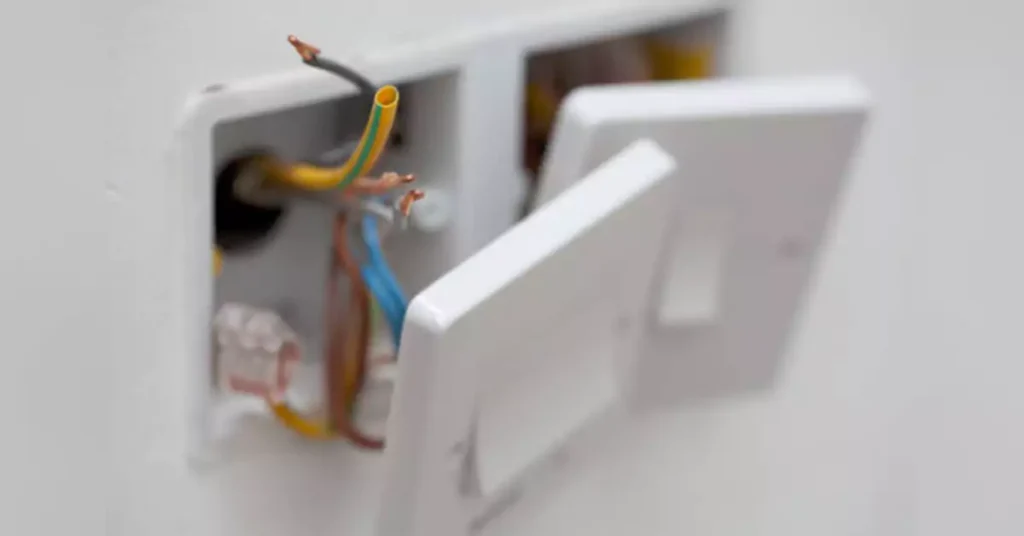
En conclusión, el cableado oculto ofrece atractivo estético, seguridad y ventajas de durabilidad, lo que lo convierte en una opción popular en entornos residenciales, comerciales e industriales. Proporciona una apariencia limpia y ordenada, protege contra daños accidentales y mejora la longevidad del sistema eléctrico.
Si se tienen en cuenta las ventajas, desventajas, prácticas de mantenimiento y pautas de resolución de problemas del cableado con conductos ocultos, las personas y las organizaciones pueden tomar decisiones informadas sobre su idoneidad para sus aplicaciones específicas. Priorizar la seguridad, el cumplimiento y el mantenimiento regular contribuirá a un sistema eléctrico confiable y eficiente dentro de los edificios e instalaciones.
Cualquier duda no dudes en contactarnos. Contáctenos para asesoramiento profesional.



